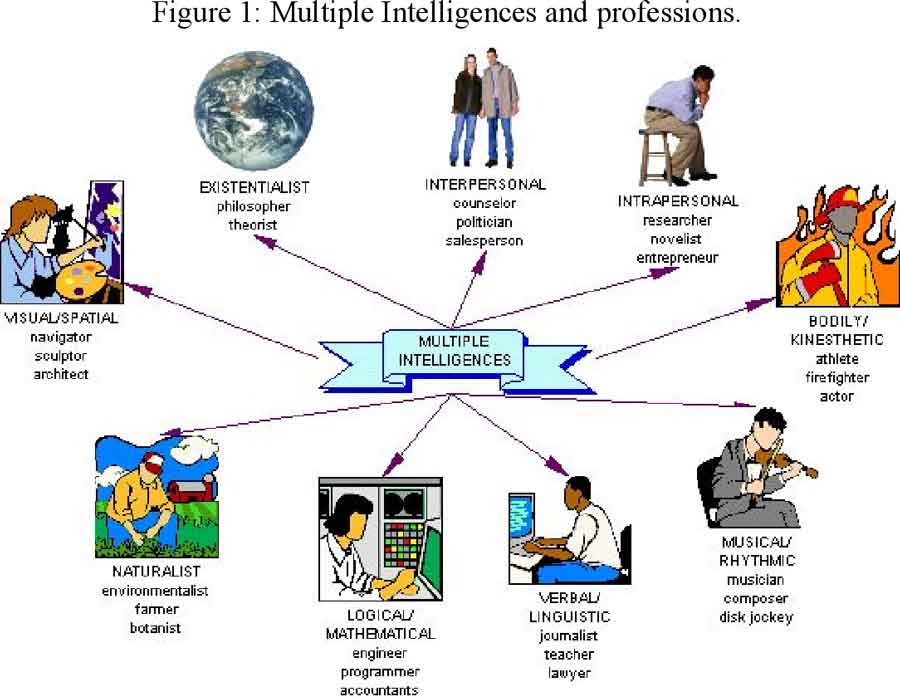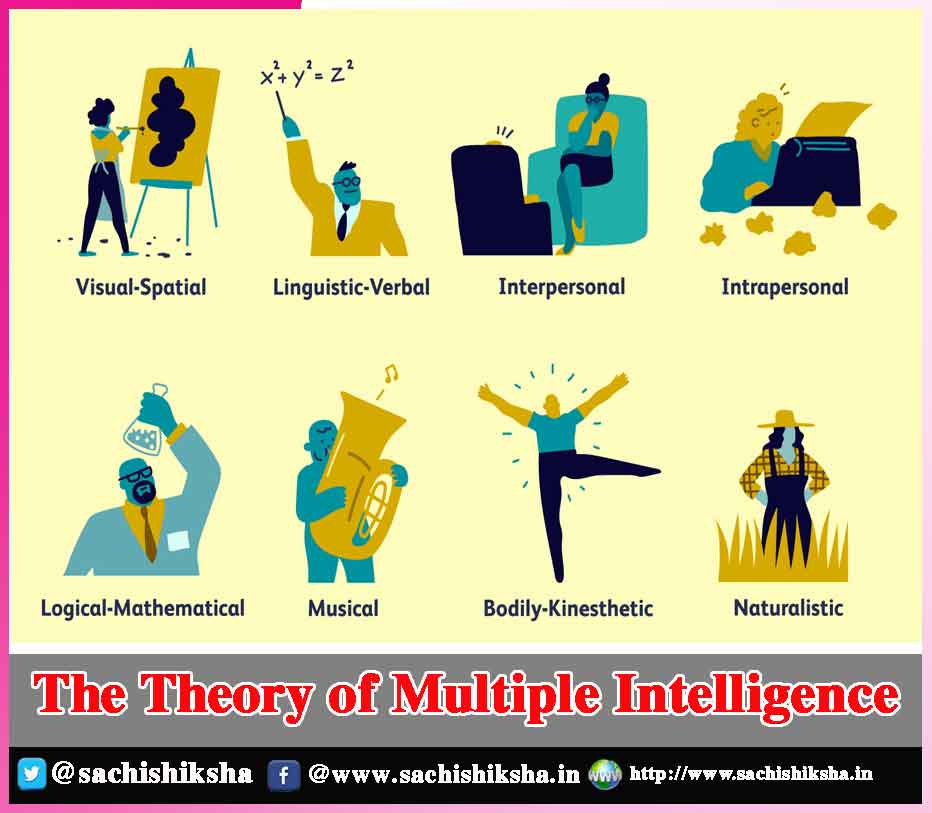The Theory of Multiple Intelligence
Introduction: Howard Gardner has stated that, there are different types of intelligence. People’s level of intelligence can differ, and they may fluctuate over time. Educators can use Metacognitive Skills in the schoolroom to advantage their students by tailoring lessons and coursework.
Also Read :-
- Women Play Multiple Roles: They Are Indispensible in Society & Corporates
- Howard Gardner’s Theory of Multiple Intelligences
Table of Contents
Intelligence:

There have been assessments that might evaluate your intellectual capacity based on your responses to obvious questions. Gardner went back to his initial concept of intelligence and considered the capabilities and skills required to resolve issues within a society.
Frames of Mind:
Gardner first presented his theory in his book Frames of Mind:The Theory of Multiple Intelligences, in which he proposed that everyone possesses a variety of “levels of intelligence.” He realized that intelligence could not be confined to a single cohort, but may instead be categorized into 9 different intelligence regions.
Gardner added to the uniqueness of his hypothesis by claiming that we posses all nine, but that every person was powerful in specific environments of intelligence. In order to assist learners become more productive, teachers must integrate active learning that endorses more of the intelligences. This will additionally assist students in putting their knowledge to new circumstances and developing each kind of intelligence individually.
The 9 Intelligences are as follows:
Physical-Kinesthetic Intelligence:
Physiological intelligence refers to the capacity to deceive both the body and entities with a keen timing awareness. Because of a knowledge and skill connection, these individuals can deceive objects precisely. This may be proved through physical attributes, such as sportsmen and artistes, or through accuracy and stable motion, such as doctors and craftsmen.
Introspective Intelligence:
Introspective intelligence is the capacity to engage in in-depth conversations about the significance of life and humankind. People with this intellectual ability are responsive, but they can also reason about difficult issues, including how we got here and how that everybody dies.
Intelligence in Partnerships:
Although it is widely known that the ability to communicate efficiently with others is based on extraversion, it is not restricted to verbal exchanges. People with good communication & intelligence can also peruse other people’s emotions. These individuals can comprehend differences in perspectives because they are sensitive to demeanour and have the ability to express themselves non -verbally.
Intrapersonal Wisdom:
Intrapersonal wisdom refers to the ability to comprehend one’s own opinions. Individuals with intrapersonal wisdom are conscious of their feelings. It can be found in scholars, therapists, and religious leaders.
Expressive and Receptive Intelligence:
Expressive and receptive Intelligence refers to the ability to put ideas using phrases and language. This intelligence is the most widely shared human skill. We can delight by reading, composing, and telling stories aloud. This ability can be seen in reporters, writers, and communicators.
Logical Intelligence:
Sometimes misunderstood as the ability to resolve mathematical equations, logical intelligence is a lot more. Individuals with this level of intellect have outstanding thinking ability.
Musical Intelligence:
Musical knowledge is evidenced by the potential to keenly represent on tones. These people can detect pitches, sounds, and melodies that others may forget. Someone with musical intelligence is typically a vulnerable listener who can accurately represent or replicate music. Singers and artistes all have exceptional musical intelligence.
Intelligence of a Naturalist:
Naturalist intellectual ability is most frequently affiliated with responsiveness to characteristics in the natural environment. The skill to tell the difference between living and non-living objects was significantly more beneficial in the history, when individuals were frequently farmers, or prospectors. This intelligence has now progressed to much more contemporary positions such as chef or biologist.
Spatial Intelligence:
People who are visually artistic are known to have observation skills. These abilities include image compression, illustration skills, and spatial awareness – any of it with more than 2 dimensions.
Conclusion: The theory of multiple intelligences is vital because it enables us to consider various types of cognitive abilities and accomplishments. Understanding more about the kinds of intelligence individuals prefer can help them to recognize one`s own desires. It should not however, be employed as a labeling instrument and it should not be confused with teaching strategies.















































